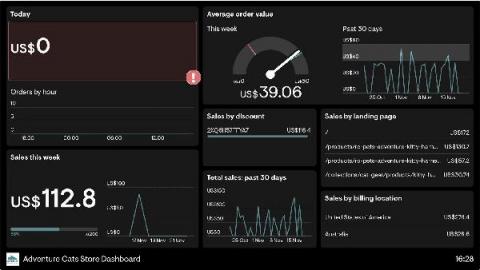How the Staffbase Customer Care team consistently exceeds their CSAT goal (>97%)
Felix Starzer, Head of Customer Care at Staffbase tells us how he uses dashboards to motivate and inspire his team to provide the best customer service going. The team endeavour to go above and beyond and as a result, always exceed their CSAT goal.











